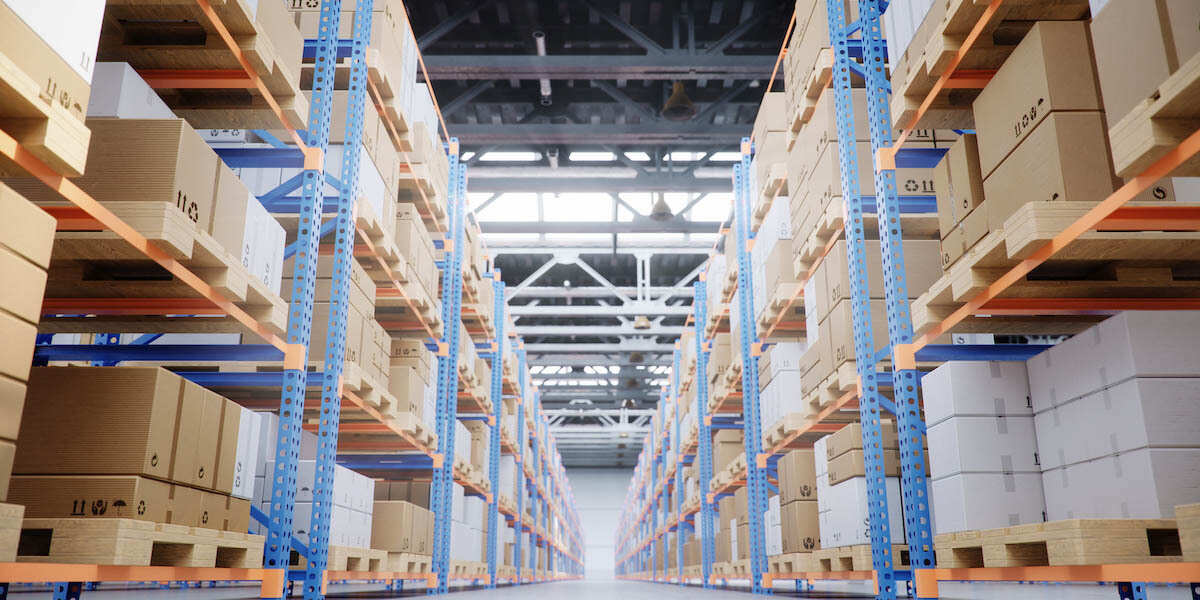Flexibility and Resiliency Across the Supply Chain
The supply chain is not just the sum of its parts. Each function, organization, decision & action are connected & have an effect on each part of the supply chain. Find out more.

How do you optimize your entire supply chain? How do you know you are economically balancing the costs of demand and supply fulfilment across the entire organization when each organization has different objectives and measures, and often maintains their own applications and data? This post will help you think about and answer these questions for your business.
The supply chain is like a river, flowing over rocks, around bends and frequently looking for the easiest path downhill. Removing one rock or changing a branch of the river may provide improved flow at a given point but will often cause issues in other areas of the river as the water may get to a downstream point faster than it was capable of handling. Optimizing one part of a supply chain without looking at the overall design and process, like taking a rock out of the river, frequently turns into a game of chasing the rippling effects up and down the supply chain. What if you could evaluate or predict the impact of removing a rock, or reducing water level in the river? The digital thread is a critical component of the modern supply chain and sets your organization on the course to those capabilities.
Digitization has led to increased data availability in parts of the supply chain, but it is often disconnected from the traditional transaction sources. This disconnect often creates sub-optimization without a connection to the broader supply chain reducing the overall financial benefit of an improvement. In the global pandemic, supply chains of all types were put to the test for their resiliency and an organization’s ability to meet challenges in a rapidly changing environment. Making economic decisions and knowing the impact across functions to support supply and demand are raising the bar for supply chain practitioners more so today than ever before.
The key enabler to supporting people and processes up and down the supply chain is a robust integrated data foundation and architecture - the digital thread.

This is not a collection of applications’ passing data, it is an ecosystem that models and integrates the various types of data, from tens to hundreds of transactions and automated sources, available at different frequencies, to enable measures and analytics that cross the supply chain. The digital thread incorporates data collection, integration, detail (not just aggregates), analytics, BI tools, and the flexibility to adapt by incorporating new data, structures, applications, use cases and changing processes. It requires sufficient data quality to support use cases and an organization ready to take actions, so management should be measuring results and continually improving processes. The data and result sets from each of the use cases (arrows) should be integrated in the digital thread so that cause and effect relationships between functions, organizations and actions may be evaluated. This is where Machine Learning techniques can enhance the process by identifying changes and anomalies across different functions. The digital thread goes beyond just reporting KPI’s and measures and is intended to enable root cause, predictive and prescriptive analytics as the organization is ready to exploit these capabilities. Cross functional analysis such as how forecast changes impact supplier delivery and how shortages from supplier’s impact sales revenue and customer experience is enabled and broader decisions applied.
This is not an easy answer because a supply chain is made up of numerous activities, often with competing objectives, that go from suppliers through to consumers. Organizations involved range from sales, marketing, transportation, warehousing, logistics, manufacturing, procurement/sourcing, and yes – supply chain. This spaghetti chart of organization and process responsibility often leads to measures and objectives that drive improvements in pockets, but sub-optimize the overall supply chain. Without a well-designed process and ecosystem, providing 100% of the data, enabling a view within and across organizational, process and system boundaries, it is nearly impossible to ensure a fast, flexible supply chain. I am not suggesting organizations wait and postpone functional improvements until there is a cohesive supply chain solution, but to have a strategy that leads to the benefits of the digital thread.
The exponential value to an organization, in the form of increased revenues, improved customer satisfaction and reduced waste, comes from exploiting capabilities that cut across the siloed data and functions. The level of importance at having a broader view at assessing dependencies, understanding cost exceptions, prioritizing, and rapidly responding to changes in supply and demand is creating competitive advantages for the companies that can take this journey on. Going back to the river theme, as we lower the water level – usually seen as reducing inventory and other idle resources – the rocks get exposed and show us where we can find the opportunities to improve processes across and between functions throughout the supply chain.
Restez au courant
Abonnez-vous au blog de Teradata pour recevoir des informations hebdomadaires
